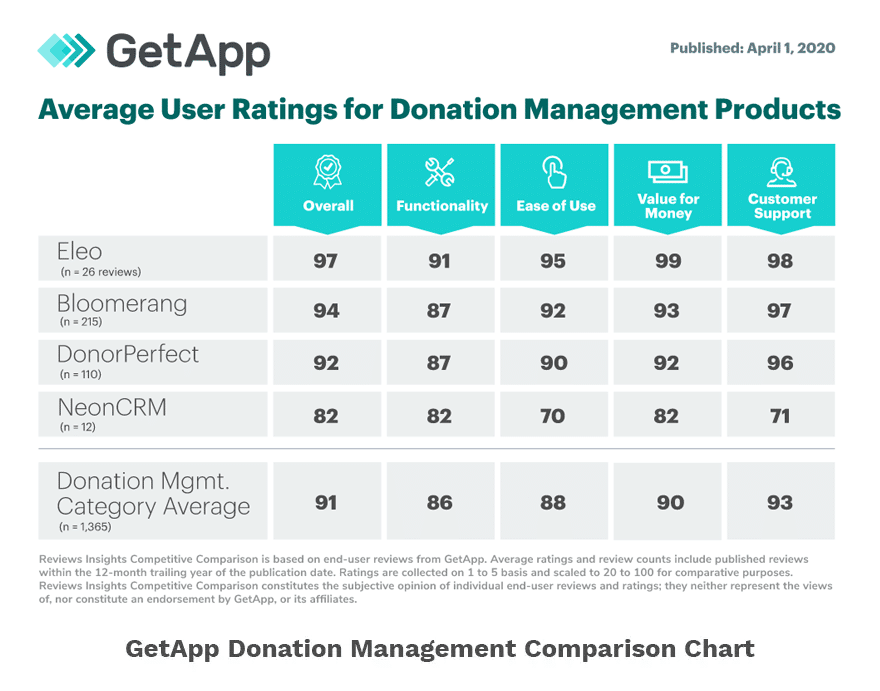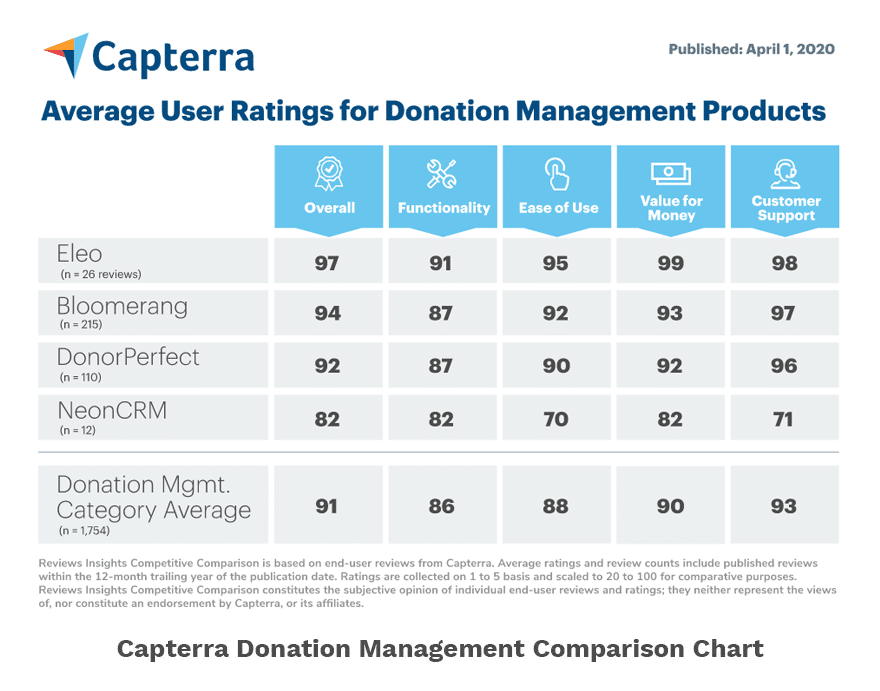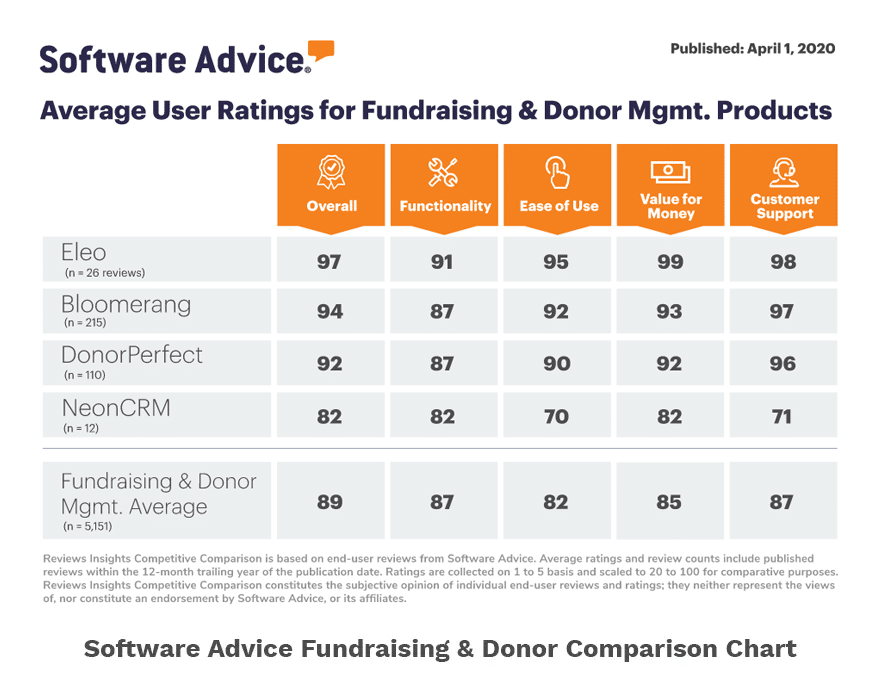
Nonprofit blog writing. What exactly does it mean? Should your nonprofit invest time in creating one? How does it help support your cause? Let’s find out!
What is a Nonprofit Blog?
First and foremost, it’s important to note that nonprofit blogging is no different than for profit blogging. The modalities used and strategies applied are the same. So, the first step is to understand what a blog is.
Website powerhouse Wix defines a blog as, “a regularly updated website or web page that is written in an informal or conversational style.” The Balance, a financial literacy library for small businesses, explains that blogs utilize written word, photography, and other self-published media to share in a diary-style format, otherwise known as posts. Further, blogs often provide space for readers to comment and engage with the provided content. Blogs are often posted directly to your nonprofit’s website and can also then be shared in your newsletter and across other social platforms.
Should Your Nonprofit Write a Blog?
When a marketing budget is limited, it can be particularly tricky to choose how to engage with your supporters and prospects online. From paid advertising to social media to website curation, there are a vast number of ways to engage your audience. Many nonprofits believe that blogging in particular is a saturated market and unworthy of their time. If your nonprofit aligns with this sentiment, prepare to have your mind blown!
According to Nonprofit Tech for Good, brands that blog report 97% more links to their website and 434% more indexed pages in search engines. Fresh, prompt content is critical to your nonprofit’s online success. What’s the reason blogs, in particular, are so good at increasing traffic and online reach? Because written content is still king. Written words matter most – to Google, to SEO, to telling your story. In OptinMonster’s 2023 report on Blogging Stats and Facts they found that SEO leads have a 14.6% close rate, while outbound leads (like direct mail and print) have a close rate of 1.7%. Further, 72% of online marketers describe written content as their most effective SEO strategy. Simply put, blogging improves SEO and good SEO drives increased traffic to your website.
So, the answer is – yes, your nonprofit should be writing a blog and it should be a top marketing priority.
How Else Does Nonprofit Blogging Support Your Cause?
There are a number of ways nonprofit blog writing helps your nonprofit’s cause.
First, as discussed above, is that nonprofit blogs support the goal of bringing supporters (new and old) to your website. Nonprofit blog writing improves SEO and increases website traffic. In the battle of online searching, the way you write and the words you choose can quite literally lead your supporters and prospects directly to you. If you’re not writing or posting at all? Nearly all online leads will go elsewhere.
Next, is the important task of nonfinancial supporter engagement. How are you interacting with your supporters when you aren’t asking for money? Blogs are unique in that each piece allows supporters to comment and engage with your content, without the vitriol that can be omnipresent on social media. Giving your supporters the space to provide intellectual feedback increases organic communication and shows donors you truly want to hear from them.
Then, you have the concept of educational content. While it is true that an Instagram post can be fast and flashy, nonprofit blogs provide the healthy alternative. While slightly more time consuming to create, blogs provide deeper material to your donors and prospects. From broader news affecting your mission, to deeper education about the core of your work, nonprofit blogging shows that you are knowledgeable on the issues and people you are serving.
Finally, nonprofit blogs can be tactically repurposed. They aren’t simply a 280-character tweet. Once written, your nonprofit blog can be posted on your website, shared across your social media platforms, included in your newsletter, become the reason behind an email blast, etc. You can even take older blog posts and update or modernize them when needed. In other words, nonprofit blogs create true and meaningful substance. By writing in longer format, you inadvertently create other marketing materials along the way.
Conclusion:
Nonprofit blog writing buttresses your online marketing efforts in ways that other platforms and strategies simply do not. By increasing website traffic, widening your reach, improving SEO, showcasing your expertise, bolstering donor engagement, among many other things, nonprofit blogs have become a lesser-known necessity of the philanthropic marketing world. While creating and posting blogs regularly can feel like a mountain to climb, the benefits are truly tenfold.





